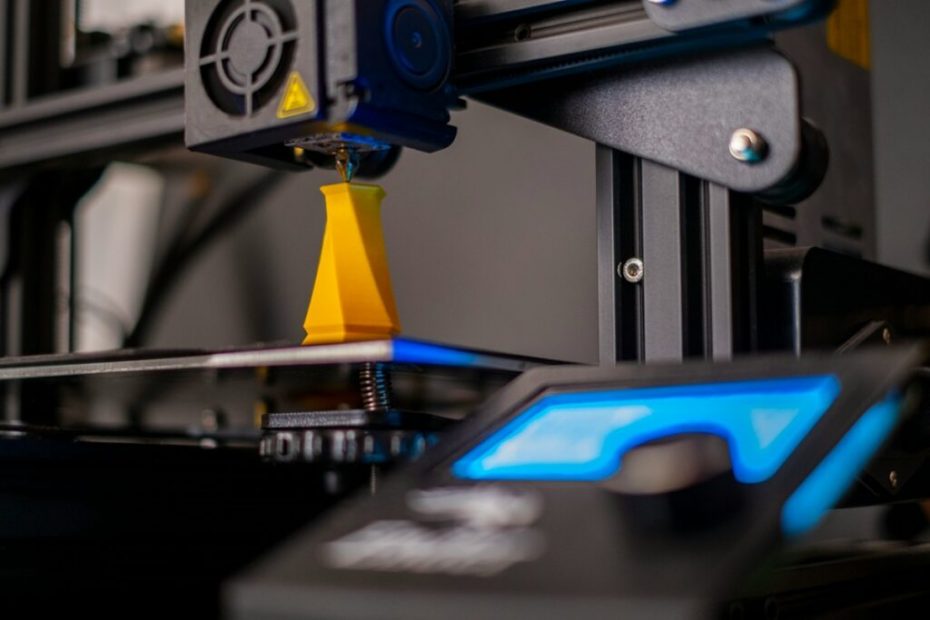In the realm of printing technology, innovation is a constant. From the earliest printing presses to the modern digital era, advancements have continually reshaped the way people produce printed materials. Today, the world stands on the brink of another revolution in printing, driven by cutting-edge technologies that promise to redefine what is possible. This blog, will delve into some of the latest technological advances that are revolutionizing the printing industry.
3D Printing: Pushing the Boundaries of Possibility
3D printing, known as additive manufacturing, has arose as one of the most transformative technologies in recent years. Unlike traditional printing methods that build images and text on a flat surface, 3D printing enables the construction of three-dimensional objects layer by layer. This capability has unlocked a world of possibilities across various industries, from healthcare to aerospace.
With 3D printing, intricate designs that were once difficult or impossible to achieve can now be produced with ease. From prosthetic limbs customized to fit a specific patient to complex aerospace components tailored for optimal performance, the potential applications of 3D printing are virtually limitless. As the technology continues to evolve, everyone can expect even greater advancements in speed, precision, and material options, further revolutionizing the way companies manufacture goods.
Digital Printing: Efficiency and Versatility Combined
Digital printing has altered the printing industry, offering unmatched efficiency, flexibility, and cost-effectiveness. In contrast to traditional offset printing, which mandates the production of printing plates and entails time-consuming setup procedures, digital printing facilitates on-demand printing with minimal setup demands. Consequently, this translates to quicker turnaround times, diminished waste, and expanded customization options.
Moreover, digital printing enables variable data printing, allowing for the personalization of printed materials on a mass scale. Whether it’s personalized marketing collateral or customized packaging, digital printing empowers businesses to deliver targeted messages to their audience with precision and impact. With advancements in digital printing technology, such as improved print quality and faster speeds, the demand for digital printing solutions is only expected to grow. Soyang Europe emerges as a pivotal player in revolutionizing printing, showcasing the latest technological advances in the industry.
Nanotechnology: Enhancing Print Performance
Nanotechnology, the manipulation of matter on an atomic or molecular scale, is poised to revolutionize printing in ways previously unimaginable. Researchers are unlocking new capabilities and functionalities that enhance print performance and durability by incorporating nanomaterials into printing processes.
One area where nanotechnology is making significant strides is in the development of conductive inks for printed electronics. These inks contain nanoparticles that enable the printing of electronic circuits directly onto flexible substrates, opening up possibilities for the mass production of wearable devices, smart packaging, and more.
Furthermore, nanotechnology is being leveraged to create self-cleaning and antimicrobial coatings for printed materials, offering improved hygiene and longevity. As nanotechnology continues to advance, people can expect to see even more groundbreaking innovations that push the boundaries of what is possible in printing technology.
Augmented Reality: Bridging the Digital and Physical Worlds
Augmented reality (AR) technology is changing the way people interact with printed materials by bridging the gap between the physical and digital worlds. AR enhances engagement and interactivity by overlaying digital content onto printed images or objects, turning static print into immersive multimedia experiences.
Printed materials augmented with AR can come to life with interactive 3D models, animations, videos, and more, providing users with a richer and more dynamic experience. This technology is being used in various applications, from advertising and marketing campaigns to educational materials and product packaging.
As augmented reality (AR) technology advances and becomes increasingly accessible, people anticipate a deeper integration with printed materials, opening up fresh avenues for creativity and engagement.
Conclusion
The printing industry is undergoing a revolution fueled by technological advancements that are pushing the boundaries of what is possible. From 3D printing and digital printing to nanotechnology and augmented reality, these innovations are reshaping the way businesses produce, interact with, and perceive printed materials. As everyone looks to the future, the possibilities for printing technology are truly limitless, promising a world where imagination knows no bounds.
